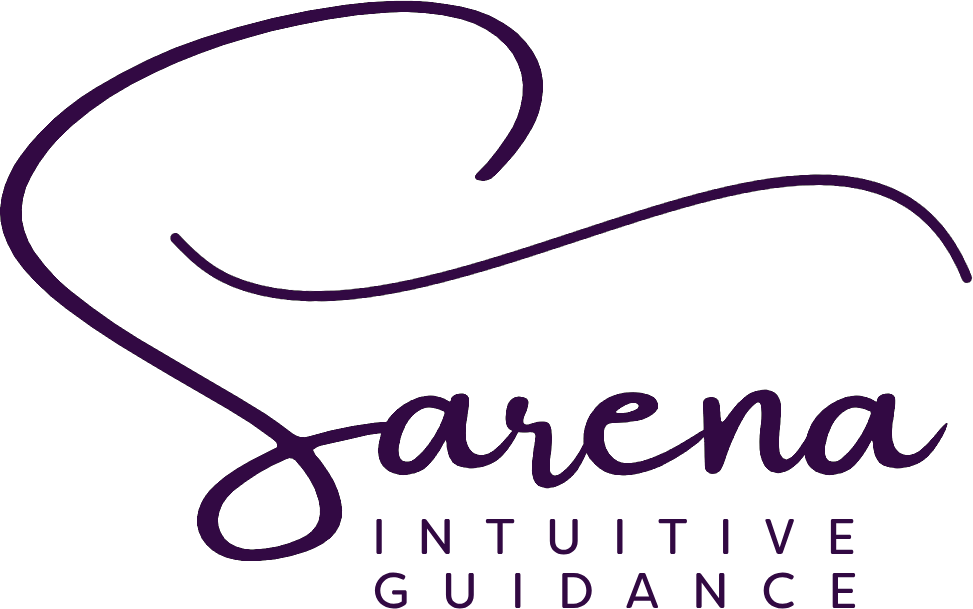What Is Tarot Reading? A Complete Beginner's Guide to Understanding the Cards
Table of Contents
Tarot reading has captured the imagination of people for centuries. From ancient mystics to modern-day spiritual seekers, the tarot has been a trusted tool for gaining insight, guidance, and clarity. But what exactly is tarot reading? Is it fortune-telling? A psychological tool? Or something deeper?
In this comprehensive guide, we'll explore what tarot reading is, how it works, where it comes from, and how you can use it in your everyday life.
What Is Tarot Reading?
Tarot reading is a form of divination that uses a deck of symbolic cards to gain insight into the past, present, or future. A traditional tarot deck contains 78 cards divided into the Major Arcana (22 cards) and the Minor Arcana (56 cards). Each card holds unique imagery and symbolism that can be interpreted by a reader based on the question asked and the layout (or “spread”) used.
While some people associate tarot with psychic abilities or fortune-telling, many modern readers use it as a tool for self-reflection, personal growth, and decision-making. At its core, tarot reading is about connecting with your intuition to uncover truths that are already within you.
The History of Tarot Reading
The origins of tarot can be traced back to 15th-century Europe, where it began as a card game known as Tarocchi in Italy. These early decks were not originally used for divination, but more as entertainment for the upper classes.
It wasn’t until the 18th and 19th centuries that tarot began to be associated with the mystical and the occult. Influential figures like Antoine Court de Gébelin and Éliphas Lévi infused the tarot with esoteric meaning, linking it to ancient Egyptian mysteries, astrology, and Kabbalah.
Today, tarot has evolved into a rich system used for spiritual exploration, coaching, therapy, and intuitive guidance, practiced by people of all backgrounds and belief systems.
How Does Tarot Reading Work?
Tarot reading typically involves the following steps:
The Question or Intention:
The reading begins with a question or intention. This could be about love, career, relationships, finances, or even a general desire for clarity.Shuffling and Drawing the Cards:
The reader (or the querent) shuffles the cards while focusing on the question. Cards are then drawn randomly and laid out in a chosen spread (such as the three-card spread or the Celtic Cross).Interpreting the Cards:
Each card's meaning is interpreted based on its symbolism, its position in the spread, and the context of the question. The reader combines intuitive insight with traditional card meanings to provide guidance.
It’s important to note that tarot doesn’t predict the future in an absolute way. Rather, it offers possibilities, patterns, and perspectives—a mirror reflecting back what is already present in your life and subconscious.
The Structure of the Tarot Deck
Understanding the structure of a tarot deck can help you grasp the depth of the reading:
Major Arcana (22 cards)
These cards represent major life events, archetypes, or spiritual lessons. Examples include:
The Fool – new beginnings, risk-taking
The Lovers – relationships, choices
Death – transformation, endings and beginnings
The World – completion, fulfillment
Minor Arcana (56 cards)
These represent day-to-day experiences and are divided into four suits:
Cups (emotions, relationships)
Pentacles (career, finances, material matters)
Swords (thoughts, conflict, communication)
Wands (creativity, passion, action)
Each suit has numbered cards (Ace to 10) and four court cards (Page, Knight, Queen, King), representing personalities or energies.
Common Tarot Spreads
Here are a few popular tarot spreads that both beginners and experts use:
One-Card Pull: Great for daily guidance or meditation.
Three-Card Spread: Offers insight into past, present, and future—or situation, obstacle, and advice.
Celtic Cross: A 10-card spread that provides a detailed look at a complex situation.
Each spread has its purpose, and the more you practice, the more you’ll find the right ones for your needs.
Why Do People Get Tarot Readings?
People turn to tarot for many reasons. Some of the most common include:
Clarity on a decision or dilemma
Insight into relationships
Spiritual or emotional guidance
Validation of intuition
Support during major life transitions
Personal or professional development
Tarot isn’t just about finding answers—it’s also about asking better questions and uncovering deeper truths about yourself.
Can Anyone Learn Tarot?
Absolutely! You don’t need to be psychic or spiritual to read tarot. Anyone can learn the meanings of the cards and how to use them for guidance. There are countless books, online courses, and communities dedicated to helping beginners get started.
That said, a good tarot reader is not just someone who memorizes card meanings but someone who can:
Tap into intuition
Understand symbolism
Listen with empathy
Communicate with honesty and care
Whether you read for yourself or others, tarot can become a powerful lifelong practice of self-inquiry and mindfulness.
Debunking Tarot Myths
Let’s clear up some common misconceptions:
Tarot is not evil or dangerous. It’s a spiritual tool, not tied to any specific religion or belief system.
Tarot doesn’t predict a fixed future. You always have free will.
You don’t need to be a psychic to use tarot. It’s about intuition, reflection, and meaning-making.
How to Get the Most from a Tarot Reading
Whether you’re getting a reading from a professional or reading for yourself, here are a few tips:
Be open-minded. Tarot offers insight, not absolute answers.
Ask clear, open-ended questions. Avoid yes/no queries for deeper guidance.
Reflect on the messages. Journaling after a reading helps you process and integrate the insights.
Don’t give away your power. Use tarot as a guide—not a dictator of your future.
Final Thoughts
Tarot reading is more than just cards—it’s a journey inward. It’s a way to pause, reflect, and connect with your inner wisdom. Whether you’re looking for clarity, comfort, or direction, the tarot offers a sacred space to explore your life with curiosity and intention.
So the next time you shuffle a deck, remember: the answers aren’t in the cards—they’re already within you.
Share this post
